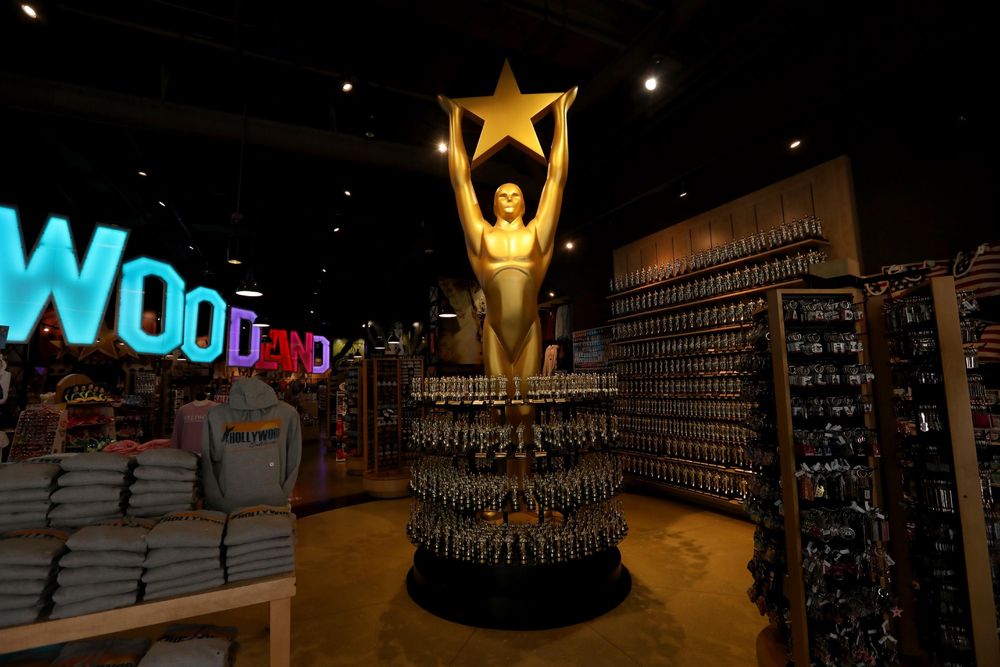On Tuesday, the Academy of Motion Picture Arts and Sciences joined the growing list of organizations that have finally caved and established a comprehensive inclusion program. As an extension of its Academy Aperture 2025 initiative, the Academy announced new criteria for submission in the Oscars’ best picture category, including requirements for casting, story content, crew personnel, and publicity, all of which reflect people underrepresented based on race, sexuality, gender, and ability. The policy change makes for great PR. But if you tilt your ear toward Hollywood, that sound you hear is the high-pitched squeal of air exiting the teensiest hole in the equality balloon. Let’s not get it twisted: This change isn’t going to kill #OscarsSoWhite. Here’s why.
It won’t necessarily translate to change
Beginning in 2024, a film submitting for best picture has to meet at least two of several new standards: The lead or a significant supporting actor must come from underrepresented racial or ethnic groups; at least 30% of the general ensemble cast must consist of talent that is not White, cisgendered male, heterosexual, or non-disabled; and the film’s story line must center one of the aforementioned identities. The issue here? This qualification wouldn’t have saved us from stomaching terrible best picture winners with awful racial politics like Green Book, Crash, The Help, and Driving Miss Daisy — all of which star an actor from an underrepresented racial group.
Even the execs in charge know it’s not enough
Paramount chairman/CEO and Academy governor Jim Gianopulos admitted to the Los Angeles Times that the changes don’t represent perfection. “Is it progress?” Gianopulos asked rhetorically. “Absolutely. So that’s got to be good for now.” But should it be up to the head of the decision-making process to decide whether a decision is actual progress? The proof is in whether the decision itself represents a shift toward equality. Which doesn’t seem likely.
These new rules actually further reflect what’s wrong with Hollywood
Hollywood filmmaking has always been about pointing a lens outward. It’s going to be very difficult for the Academy to evaluate a film’s narrative content, to determine what constitutes a Black or LGBTQ+ film.
These policies aren’t opening doors to new kinds of thinkers, creators, or innovators. It’s simply a reshuffling of talent, which reform almost always ends up being anyway.
White women are already making these women fit some of these quotas
In addition to the 30% quota with regard to actors, at least two creative leadership positions — roles like costume designers, hairstylists, or makeup artists — must be held by women, non-White persons, queer folks, or people with physical disabilities. This would be a huge boon for underrepresented groups. But White women already constitute a large swath of those roles. The policies won’t necessarily open doors to new kinds of thinkers, creators, or innovators of color. They’ll simply inspire a reshuffling of talent, which reform almost always ends up being anyway.
Onscreen changes are the most important
Consider, as Clayton Davis writing for Variety suggests, the place of a film like Martin Scorsese’s The Departed, which, aside from an Anthony Anderson casting, is pretty much a full sleeve of saltine crackers projected onto film. Now, the paid apprenticeship and internship opportunities for marginalized communities is a win. But it’s what’s on screen that will always have more of an impact. And industry heads can continue to be as exclusionary as they want in that regard, as long as they’ve got some diversity behind the scenes.
While the intentions with the new requirements seem to be in good faith (even if they were overdue and reactive) they really won’t shake shit up as much as some people think they will. Actors like Kirstie Alley and Dean Cain called them “dictatorial,” “anti-artist,” and essentially a “participation Oscar.” It signals that the Academy is very much with the liberal posturing of the times, seeking to maintain its place as a moral, progressive good in the American consciousness. That’s far from a feel-good ending.
